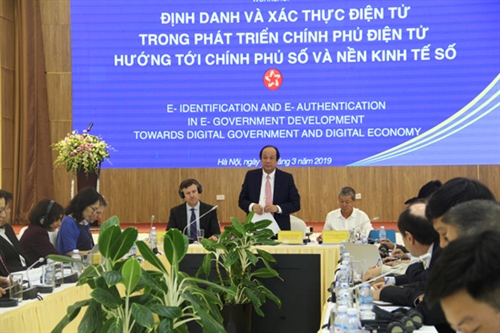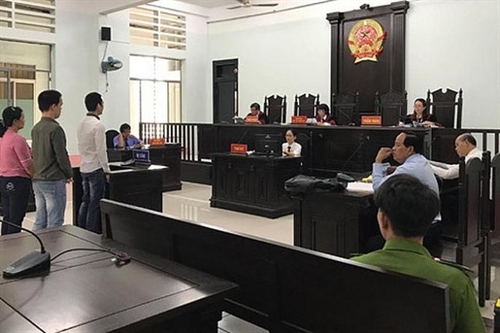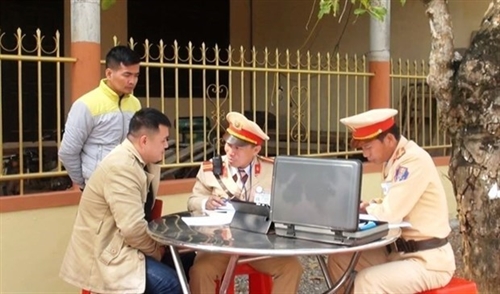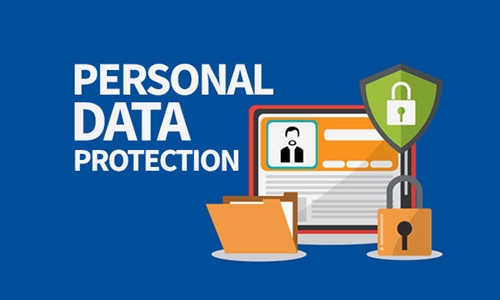E-identity and e-authentication would be used in online public administrative services provided by state agencies for organizations and individuals based on the user-centered principle and the sharing of identification information among various systems.
 |
| A seminar on e-identification and e-authentication in e-government development held by MIC in 2019__Photo: mic.gov.vn |
Such is proposed by the Ministry of Information and Communications (MIC) in its latest draft of a decree on e-identification and e-authentication recently released for public comment.
As per the draft, e-identity means information needed to identify the only person or organization in e-transaction. Meanwhile, e-authentication means the examination of e-identity of an individual or organization in order to grant him/her/it the right to access services or resources of information systems.
Under the draft, e-identity information would be as valid as identity papers, unless otherwise provided by specialized laws. E-identity information of individuals and organizations would be secure and kept confidential, and might be provided to a third party with their consent.
The Ministries of Public Security; Planning and Investment; and Finance and the Vietnam Social Security would be in charge of developing original e-identity information of people, enterprises and organizations.
E-identity information of an individual includes personal identifiers and personally identifiable information such as people’s identity card number or personal identity number; passport number (for foreigners); social insurance code; individual taxpayer identification number; full name; date of birth; gender; and place of birth or place of birth registration; and address of permanent residence place.
In the meantime, e-identity information of an organization consists of e-identifiers and identity information of the organization, including its identification number in relation to the state budget; tax identification number; name; name of the direct superior agency, address; and name of the at-law representative.
The draft underlines that an individual or organization may be identified in different systems using different e-authentication methods but these methods must be able to identify accurately that only individual or organization in the real life.
The e-authentication would be conducted by using one authenticator or combining several authenticators, including information that the entity requesting authentication knows; information that the entity requesting authentication has; or biometrics of the entity requesting authentication.
Meanwhile, e-authentication used in state agencies’ e-transactions would require user name and password, one-time password; mobile phone number; digital certificate; and biometrics.- (VLLF)









